South India's Famous Wildlife & Bird Sanctuaries
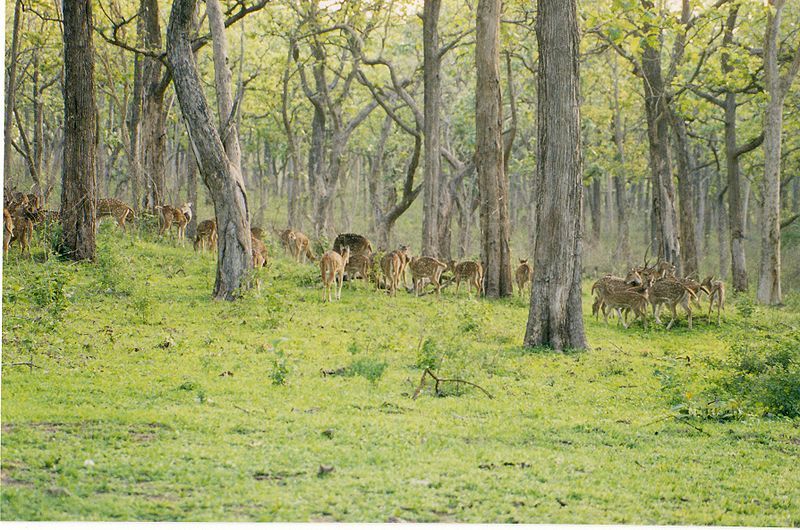
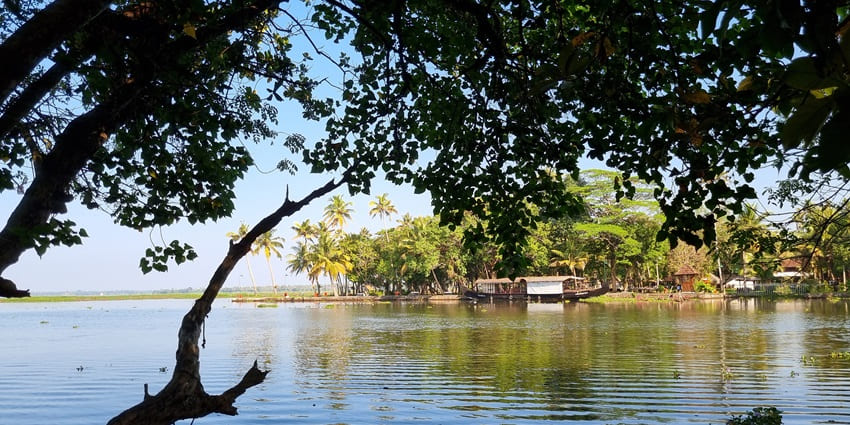
South India’s Famous Wildlife & Bird Sanctuaries are set within a spectacular mosaic of lush rainforests, misty hills, and sprawling grasslands. These protected havens are home to an incredible diversity of life, from the majestic Bengal Tiger to thousands of vibrant birds, offering a glimpse into the wild heart of the peninsula. They are vital centers for conservation and unforgettable experiences for nature lovers.
Wiki Link: South India’s Wildlife Sanctuaries
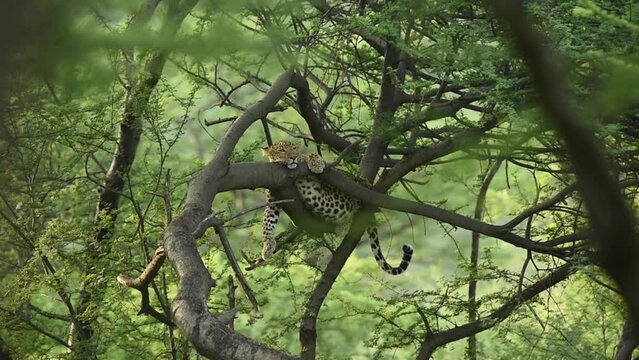
Bandipur National Park
The Verdant Abode of the Tiger
Era: Established as a reserve in 1931; declared a national park in 1974
Established By: The Maharaja of Mysore; later Project Tiger
Location: Karnataka (Gundlupet, Chamarajanagar district)
UNESCO World Heritage Site: No (Part of Nilgiri Biosphere Reserve)
Once a private hunting ground for the Maharajas of Mysore, Bandipur is now a premier tiger reserve and a key part of the Nilgiri Biosphere Reserve. It boasts a healthy population of Bengal tigers, Indian elephants, and gaurs (Indian bison). The park’s diverse terrain of dry deciduous forests and valleys provides a stunning backdrop for jeep safaris. It is a success story of conservation, playing a crucial role in protecting India’s most iconic wildlife.
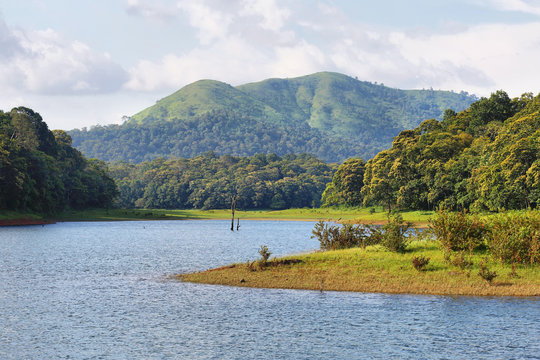
Periyar Wildlife Sanctuary
Where the Wild Elephants Roam
Era: Established as a sanctuary in 1950
Established By: The former Travancore Kingdom & Government of India
Location: Thekkady, Kerala
UNESCO World Heritage Site: No (Part of Western Ghats)
Nestled in the Western Ghats, Periyar is renowned for its picturesque artificial lake formed by the Mullaperiyar Dam. The unique boat safari on this lake offers a chance to see herds of elephants, sambar deer, and wild boars coming to the water’s edge. A major tiger reserve, its rich biodiversity includes rare species like the Nilgiri tahr and the Lion-tailed macaque. The surrounding spice plantations add to the region’s enchanting aroma.
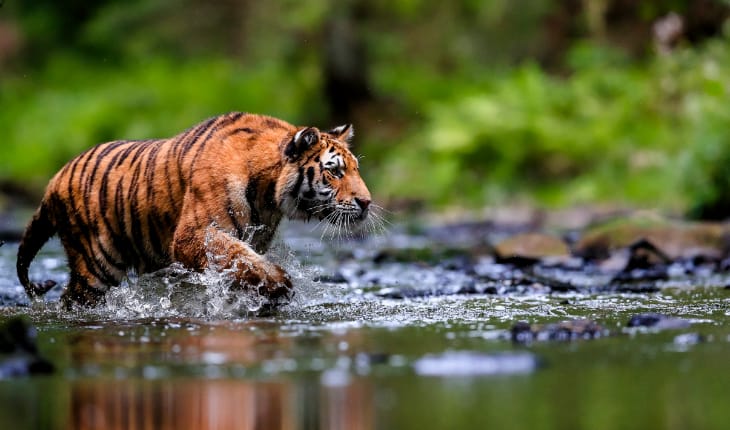
Nagarhole National Park
The River of Serpents
Era: Established as a sanctuary in 1955; declared a national park in 1988
Established By: The Government of Mysore State
Location: Kodagu and Mysore districts, Karnataka
UNESCO World Heritage Site: No (Part of Nilgiri Biosphere Reserve)
Adjacent to Bandipur, Nagarhole (meaning ‘Serpent River’ in Kannada) is known for its dense forest cover, teak and rosewood trees, and network of streams. It is one of the best places in India to spot predators like tigers and leopards, as well as large herds of elephants and the massive Indian bison. The Kabini River flowing through the park attracts a high concentration of wildlife, especially in the summer, making its backwaters a phenomenal spot for wildlife viewing.
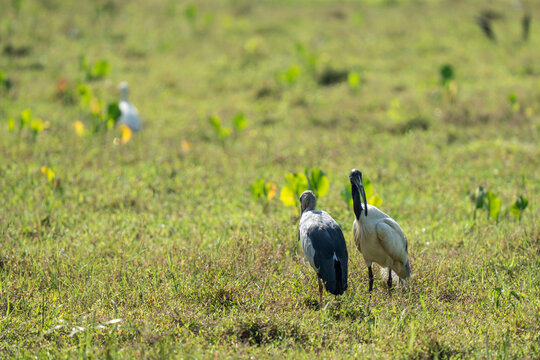
Ranganathittu Bird Sanctuary
The Bird Watcher's Paradise
Era: Established as a sanctuary in 1940
Established By: Proposed by the renowned ornithologist Dr. Salim Ali
Location: Srirangapatna, Karnataka
UNESCO World Heritage Site: No
Spread over a cluster of islets on the Kaveri River, Ranganathittu is South India’s most important and largest bird sanctuary. During the nesting season (June-November), the islands become a bustling colony for thousands of birds, including spot-billed pelicans, painted storks, openbill storks, and a variety of herons. Boating around these islets provides an intimate view of nesting sites and the cacophony of avian life, creating a truly immersive experience.
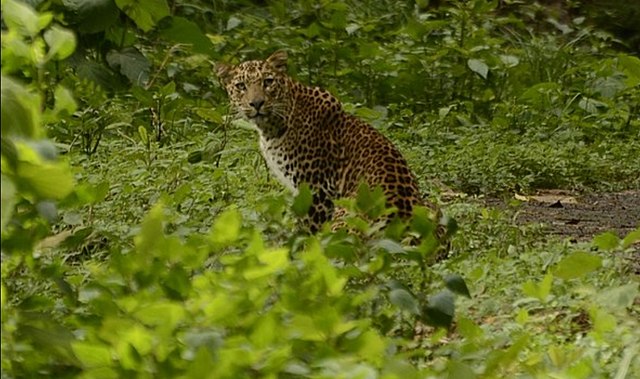
Anamalai Tiger Reserve
The Mountain Range of Elephants
Era: Declared a national park in 1976
Established By: Government of Tamil Nadu
Location: Coimbatore and Tiruppur districts, Tamil Nadu
UNESCO World Heritage Site: No (Part of Western Ghats)
Located in the Anaimalai Hills, this reserve is a vital corridor for wildlife and home to the indigenous tribal people. It protects a wide range of habitats, from wet evergreen forest to dry thorn forest. It is a stronghold for the endangered Lion-tailed macaque and hosts elephants, tigers, leopards, and the unique Nilgiri langur. The Parambikulam reservoir within the reserve is one of the oldest teak plantations in the world.
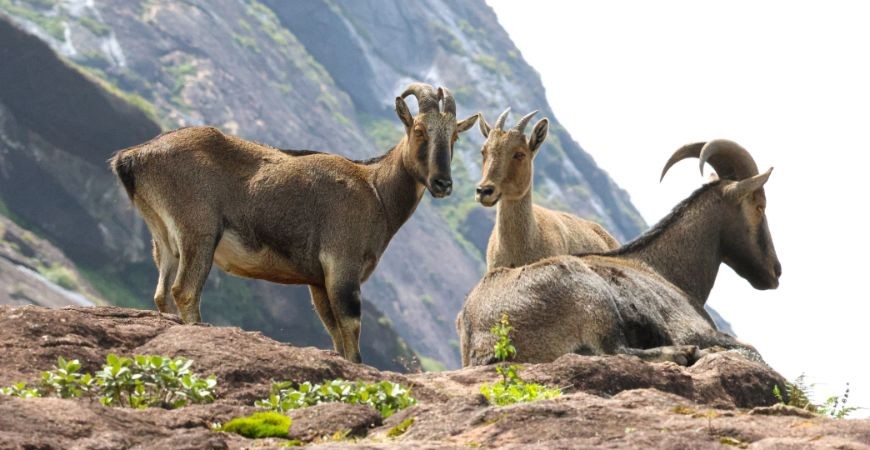
Eravikulam National Park
The Realm of the Nilgiri Tahr
Era: Declared a national park in 1978
Established By: Government of Kerala
Location: Idukki, Kerala
UNESCO World Heritage Site: No (Part of Western Ghats)
Famous for protecting the endangered and endemic Nilgiri tahr, a mountain goat, Eravikulam offers some of the most stunning high-altitude grassland scenery in the Western Ghats. The park is also home to the Neelakurinji flower, which blooms once every twelve years, covering the hills in a breathtaking blue hue (last bloom 2018, next 2030). The panoramic views of rolling hills and misty valleys are as captivating as its unique wildlife.
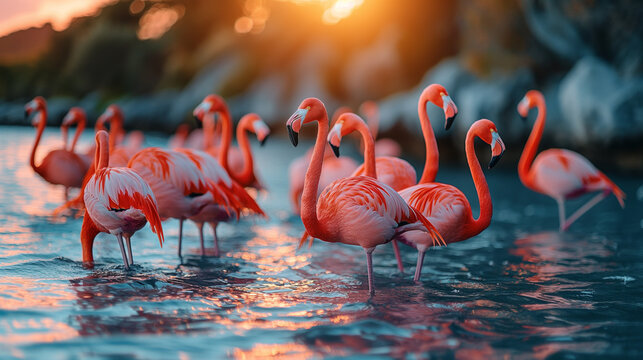
Pulicat Lake Bird Sanctuary
The Flamingo's Coastal Haven
Era: Declared a sanctuary in 1980
Established By: Government of Andhra Pradesh
Location: Borders of Andhra Pradesh and Tamil Nadu
UNESCO World Heritage Site: No
The second-largest brackish water lagoon in India, Pulicat Lake is a critical stopover on the East Asian-Australasian flyway. It is most famous for its huge flocks of greater and lesser flamingos, which paint the lake pink. The sanctuary also attracts a wide variety of other migratory waterfowl, including pelicans, storks, and terns. The traditional fishing practices of the local communities add a unique cultural dimension to the visit.
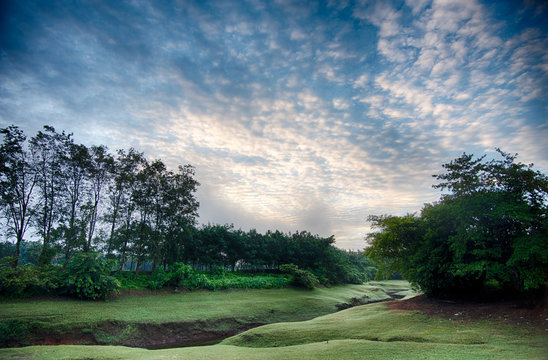
Thattekad Bird Sanctuary
The Bird Rich Forests of Kerala
Era: Established as a sanctuary in 1983
Established By: Government of Kerala, on the recommendation of Dr. Salim Ali
Location: Ernakulam district, Kerala
UNESCO World Heritage Site: No
Dubbed the “Richest Bird Habitat in peninsular India” by the legendary Dr. Salim Ali, Thattekad is a lowland forest sanctuary nestled in the foothills of the Western Ghats. It is a biodiversity hotspot for avian life, hosting a stunning variety of species including the Sri Lankan frogmouth, Malabar trogon, Malabar grey hornbill, and various species of woodpeckers and flycatchers. It’s a must-visit for serious birdwatchers.
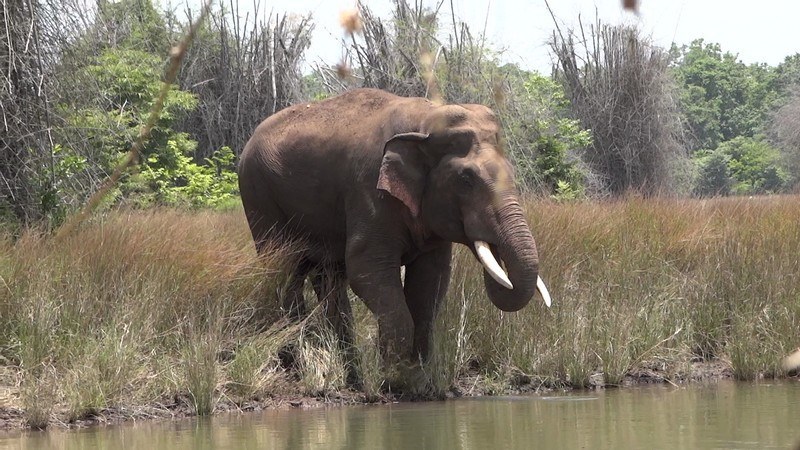
Dandeli Wildlife Sanctuary
The Adventurer's Wilderness
Era: Established as a sanctuary in 1956
Established By: Government of Karnataka
Location: Uttara Kannada district, Karnataka
UNESCO World Heritage Site: No
Known for its rugged terrain and the mighty Kali River, Dandeli is a sanctuary for adventure and wildlife. It is one of the few places in India to spot the elusive black panther and is home to a large number of tigers, leopards, and wild elephants. The sanctuary is also a hotspot for birding, with species like the great hornbill and Malabar pied hornbill. White-water rafting on the Kali River offers a thrilling way to experience the wilderness.
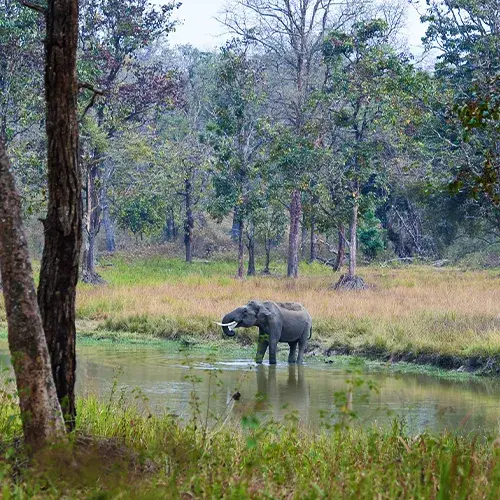
Wayanad Wildlife Sanctuary
The Green Escarpment
Era: Established as a sanctuary in 1973
Established By: Government of Kerala
Location: Wayanad, Kerala
UNESCO World Heritage Site: No (Part of Nilgiri Biosphere Reserve)
Connecting the protected areas of Nagarhole and Bandipur in Karnataka and Mudumalai in Tamil Nadu, Wayanad forms a massive contiguous forest block. This sanctuary is rich in biodiversity and is known for its population of elephants, sloth bears, and jungle cats. The ancient Edakkal Caves, with their prehistoric petroglyphs, are located within the sanctuary, offering a rare blend of natural and historical exploration.
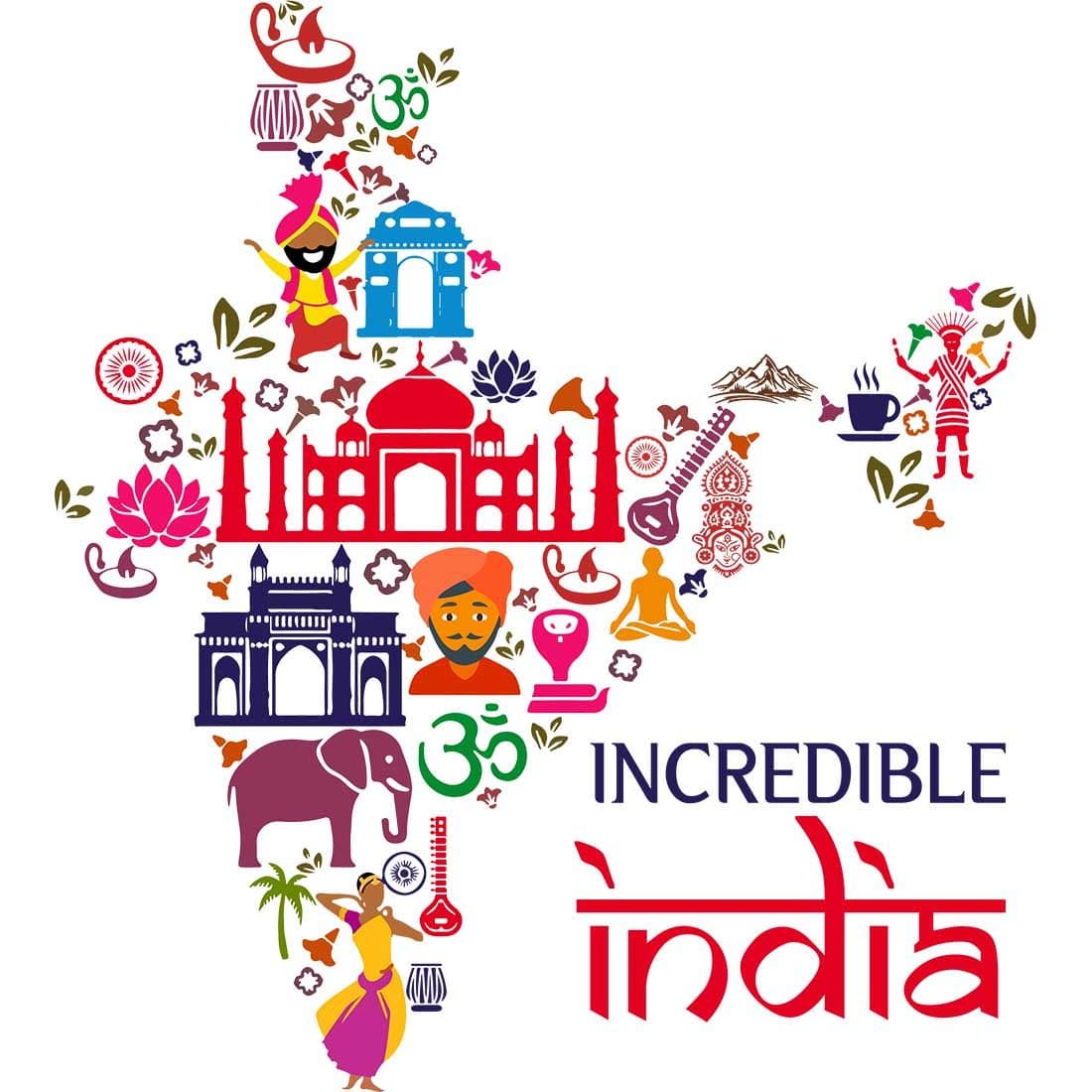
Wildlife & Bird Sanctuaries
- Bandipur National Park
- Periyar Wildlife Sanctuary
- Ranganathittu Bird Sanctuary
- Eravikulam National Park
